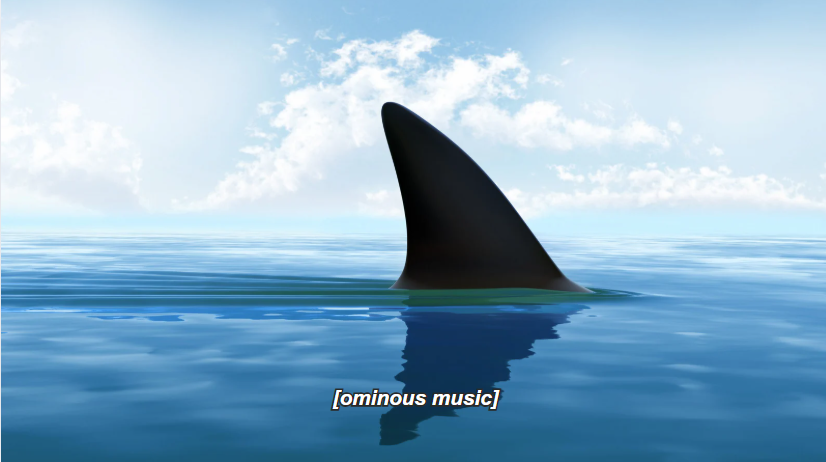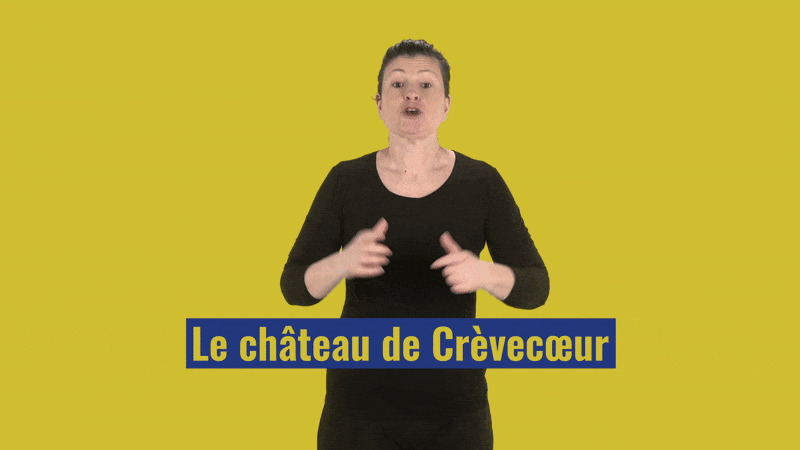
What are SDH Subtitles and Closed Captions?
DUN-DUN…DUN-DUN…DUNDUNDUNDUNDUNDUNDUNDUN Terrified yet? Music, sound effects, and other audio elements are an integral part of movies like the 1975 American cult classic Jaws, instantly evoking a particular atmosphere. The same is true for a wide variety of content ranging from corporate videos to video games. So how do media companies, and anyone else who creates video content, make sure people who are d/Deaf or hard of hearing can enjoy the same spine-tingling experience? And what about other people who watch video content with the sound off? Fortunately, there’s a solution:








